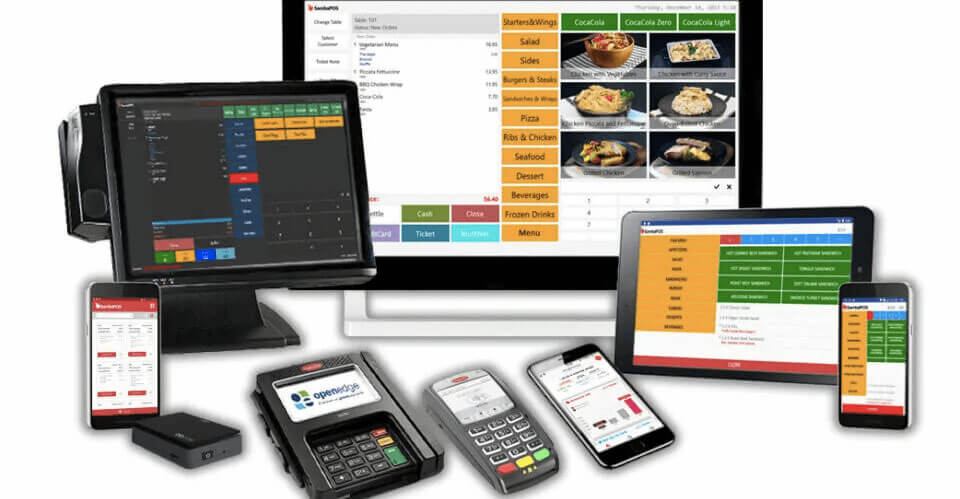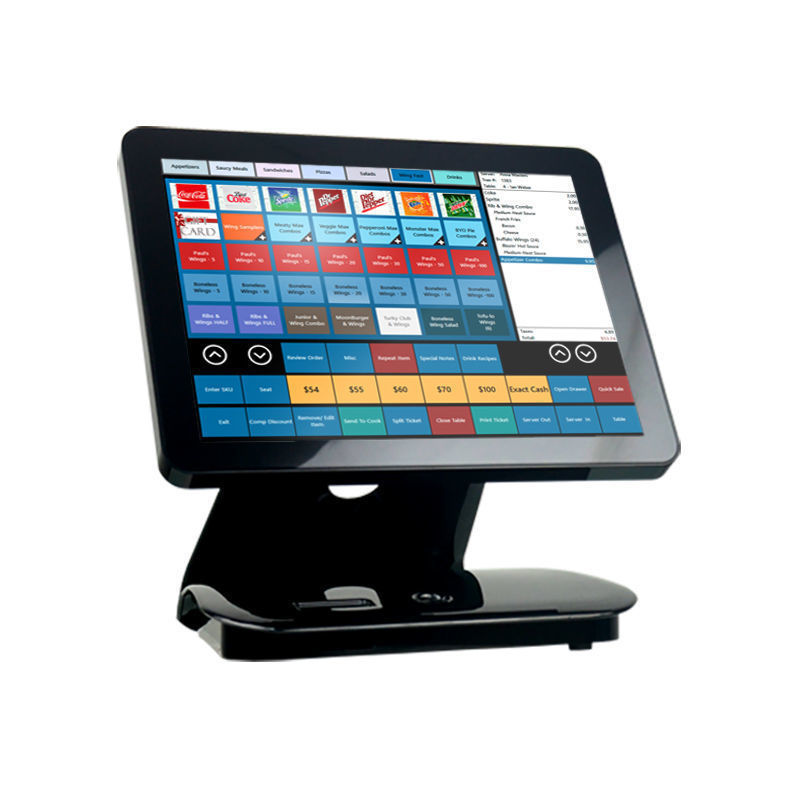Restaurant POS Software platforms vs. manual tracking: Which wins?
Wiki Article
Just How POS System Works: A Comprehensive Guide for Service Owners
A POS system acts as a crucial tool for contemporary organizations, integrating various components to simplify procedures. It includes equipment like barcode scanners and software program available tracking. This system not only refines purchases however likewise handles stock and evaluates client behavior. Understanding its functionality can significantly influence an organization's efficiency and decision-making. What are the crucial elements that add to this performance? Discovering these parts provides important insights.Understanding the Components of a POS System
A Factor of Sale (POS) system is made up of a number of essential elements that collaborate to assist in transactions and handle service procedures. At its core, the equipment includes devices such as a money register, barcode scanner, receipt printer, and settlement incurable, all essential for refining sales (Restaurant POS Software). The software application element manages supply, sales tracking, and customer information, supplying useful understandings for organization decisions.Additionally, databases save purchase documents and customer info, guaranteeing information honesty and safety. Network connectivity allows real-time updates and access to cloud-based solutions, enhancing operational efficiency. Individual interfaces, developed for convenience of usage, allow personnel to browse the system swiftly, decreasing training time. Together, these parts develop a natural system that streamlines the sales process, enhances client service, and aids in efficient administration of service resources. Understanding these components is important for local business owner looking for to enhance their POS systemsExactly How Sales Deals Are Processed
When a client makes a decision to purchase, the sales purchase starts a series of methodical steps within the POS system. First, the cashier inputs the items being purchased, which are checked through a barcode reader or by hand entered. This activity retrieves item information, consisting of rates and relevant tax obligations, from the system's database.Next, the consumer is offered with the total quantity due. The POS system after that processes the settlement, whether via cash money, charge card, or mobile payment approaches. For digital settlements, the POS safely interacts with payment cpus to authorize and confirm the transaction.Once the payment is verified, the system produces a receipt, which can be published or sent out digitally. This invoice functions as receipt for the consumer. Ultimately, the transaction information is tape-recorded in the system, guaranteeing exact sales records and financial monitoring for the company.Inventory Monitoring and Monitoring
Efficient supply administration and monitoring are essential elements of a POS system, as they guarantee that organizations preserve ideal supply levels and decrease inconsistencies. A robust POS system permits real-time inventory updates, showing sales and returns immediately. This allows click here now entrepreneur to check stock degrees precisely, making certain that popular things are easily available while avoiding overstocking of less popular products.Additionally, progressed POS systems provide attributes such as computerized stock informs and reorder ideas, improving the purchase process. Barcoding and RFID innovation boost precision in tracking supply activity, minimizing human mistake. Considerable coverage devices supply understandings into stock turnover rates, assisting services make notified decisions about buying and product offerings. Eventually, efficient inventory administration with a POS system not just boosts functional performance yet additionally enhances customer fulfillment by making sure product availability. like this
like this Analyzing Consumer Data and Insights
Client data analysis works as a powerful tool for businesses utilizing a POS system. By accumulating and analyzing purchase data, organizations can discover beneficial insights regarding customer behavior and preferences. This evaluation allows them to identify buying trends, peak purchasing times, and popular items, thus educating stock decisions and advertising and marketing strategies.Additionally, companies can segment their client base, allowing for customized marketing efforts that accommodate specific demographics or acquiring behaviors. Comprehending consumer loyalty patterns likewise aids in developing targeted promos and incentives programs.The information amassed from a POS system can also expose understandings into consumer feedback, allowing businesses to make enlightened decisions relating to product offerings and solution improvements. Ultimately, leveraging client information properly can enhance the total purchasing experience, foster client contentment, and drive income development.
Advantages of Applying a POS System
Applying a POS system offers various advantages that can significantly enhance company procedures. To start with, it simplifies deal procedures, decreasing delay times and enhancing consumer contentment. By automating sales procedures, companies can minimize human error and assurance accurate record-keeping. Additionally, a POS system provides beneficial information analytics, allowing owners to track sales trends and supply levels in real-time. This understanding sustains informed decision-making, helping to maximize supply monitoring and advertising strategies.Moreover, many POS systems incorporate with other organization devices, such as audit software program, streamlining economic management. Boosted employee monitoring features, such as tracking hours and efficiency, additional contribute to functional efficiency.Lastly, the implementation of a POS system can result in raised earnings through improved customer experiences and tactical insights, ultimately promoting organization growth and sustainability.
Frequently Asked Inquiries
What Kinds Of Businesses Can Gain From a POS System?

Just how Much Does a POS System Usually Price?
The expense of a POS system typically varies from a few hundred to a number of thousand bucks, depending upon features, equipment, and software - Restaurant POS Software. Organizations should take into consideration ongoing costs for maintenance, assistance, and transaction handling when budgeting
Can I Incorporate a POS System With Existing Software?
Incorporating a POS system with existing software program is commonly viable. Many systems offer APIs or built-in compatibility features, enabling organizations to improve operations and improve capability by attaching different software program applications properly.What Training Is Required for Personnel to Make Use Of a POS System?
Educating for personnel to utilize a POS system commonly includes understanding software application functionalities, processing purchases, managing inventory, and handling client interactions - Restaurant POS Software. Practical demos and hands-on practice boost effectiveness and self-confidence in using the system efficientlyWhat Happens if the Net Drops While Using a POS System?
If the internet goes down during POS system usage, transactions might be disrupted. Several systems use offline capacities, enabling fundamental operations to continue, but complete performance, including real-time supply updates, will be limited.Report this wiki page